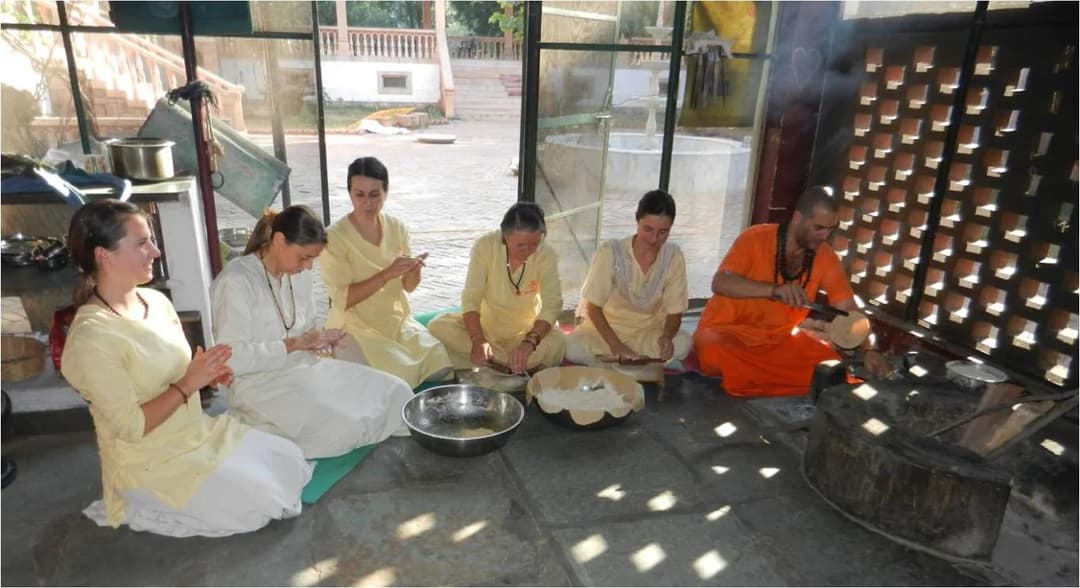
Indian wholewheat flatbread Chapati
Chapati is the most common type of food made of wheat which is consumed in northern India. This is a form of bread which is originally called roti. Roti is any type of flat unleavened bread but chapati is a roti which is made of wholegrain wheat flour, prepared in a special pan which is called TAVA.
Compared with leavened bread, consumed mainly in the west, chapati is a better choice because it does not contain yeast. Yeast is not good because it causes sticking of the tissue within the small intestine which gradually reduces the absorption surface of food into our bodies .
You Shall Reap What You Sow
The wheat field in Jadan ashram has a surface of 3 hectares and on it corn, wheat, barley and sesame seeds are successfully grown. That is done in the system of rotation and with our own seeds of old varieties. Growing food in the ashram is purely organic, without the use of mineral nutrients, or any other chemical plant protection. Harvesting is done manually at the end of March, when the wheat becomes nice and golden. Threshing is done with a machine, but cleaning of the wheat is done by hand and then it is ready for grinding. The mill is powered by electricity which has two stones inside that create friction which makes flour from grains. When we use the machine, we set it to the slow motion mode and grind only as much as we need. That is important because flour that is a month old is actually biologically dead, depleted of most vitamins and pranic energy, which was present in the grain.
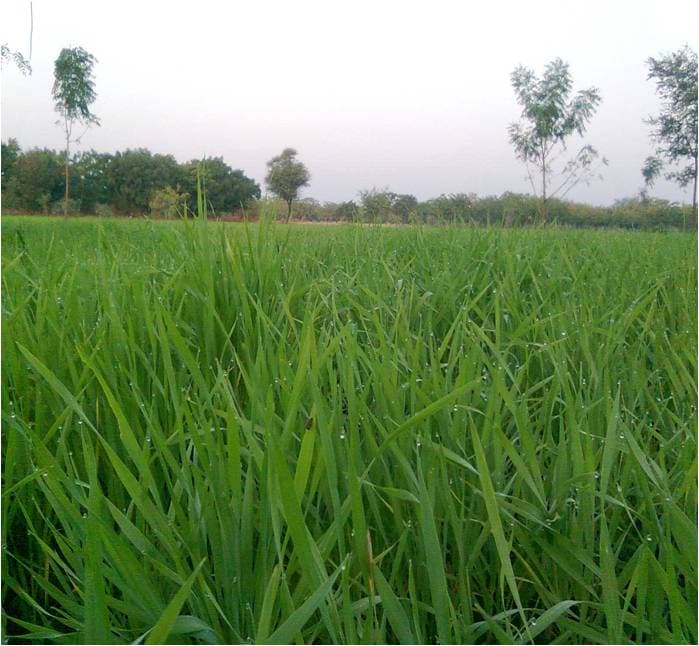
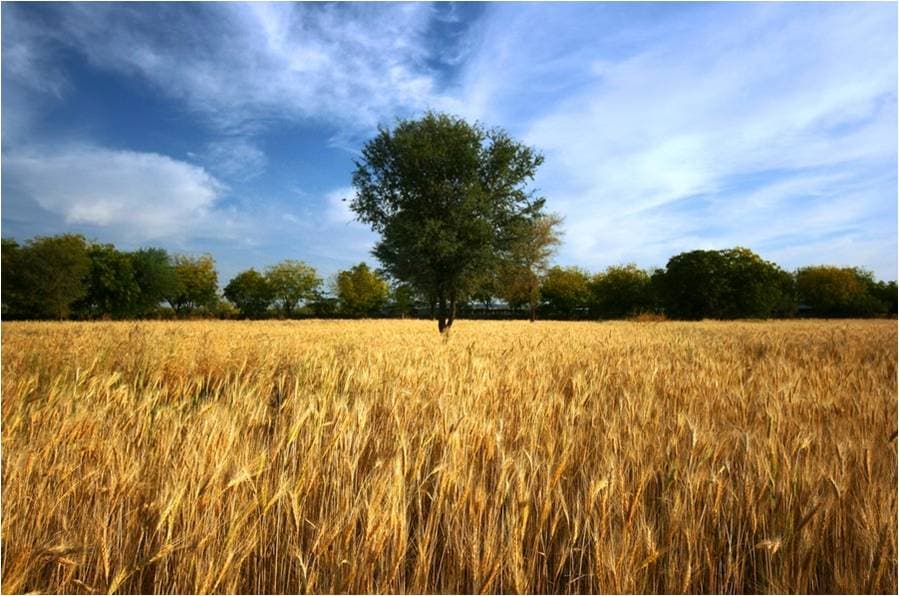
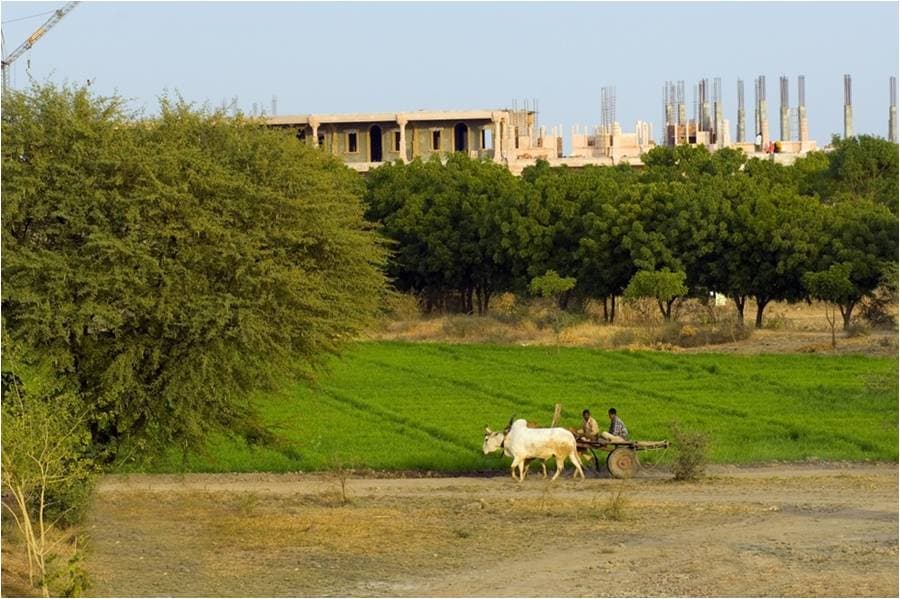
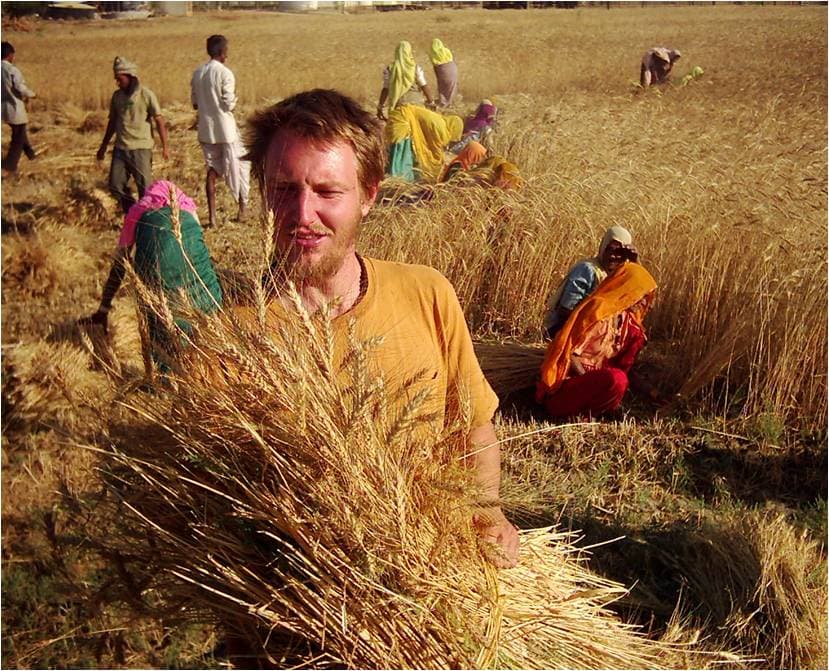
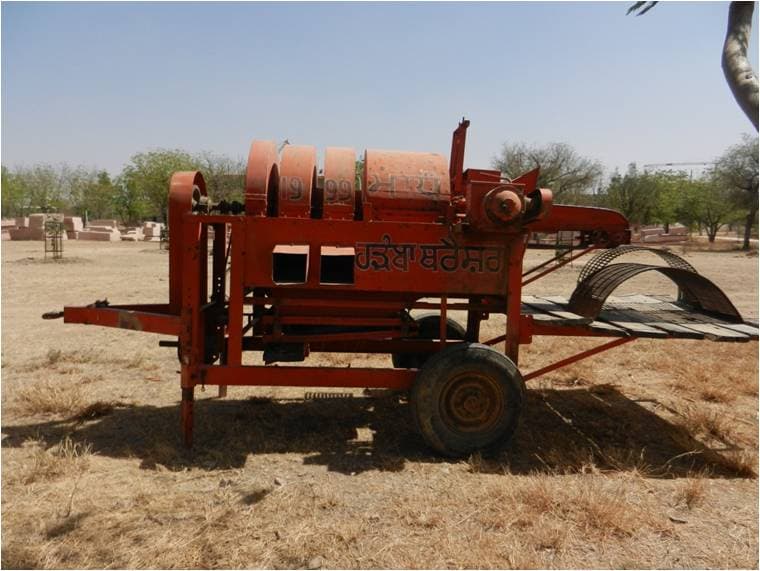
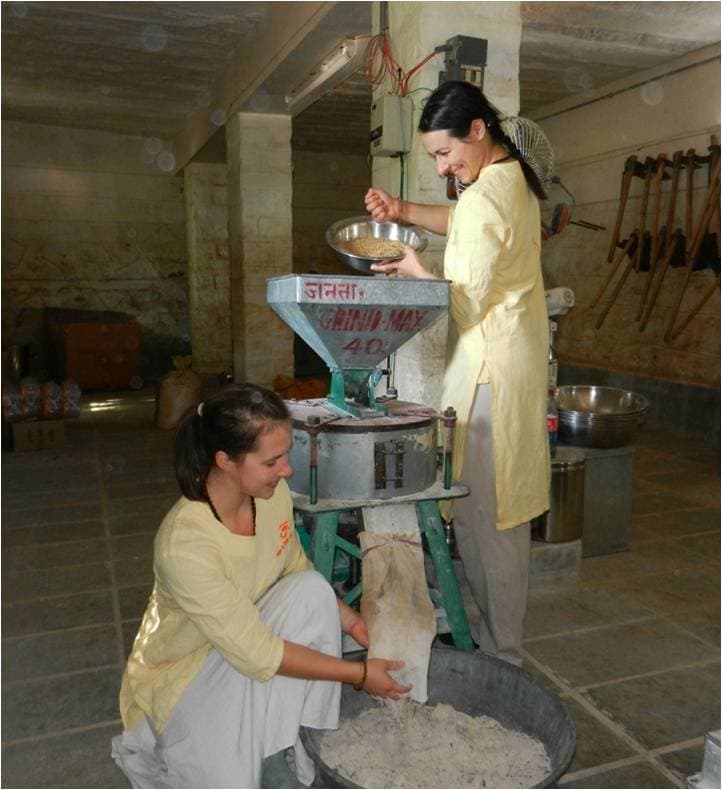
Preparation For Baking
First we sieve the ground flour, add water, salt, and then we can knead the dough. It has to be kneaded well to become soft and supple, or it will be hard to roll. In India, the preparation of chapatis is one of the first things children learn and participate in already in their early years. Afterwards we leave the dough for 20 minutes and during that time we can start preparing the fire, through which we traditionally sacrifice the flour that we used for chapatis to God of fire, Agni. We put a special pan for baking chapatis on the fire in order to heat to heat it.
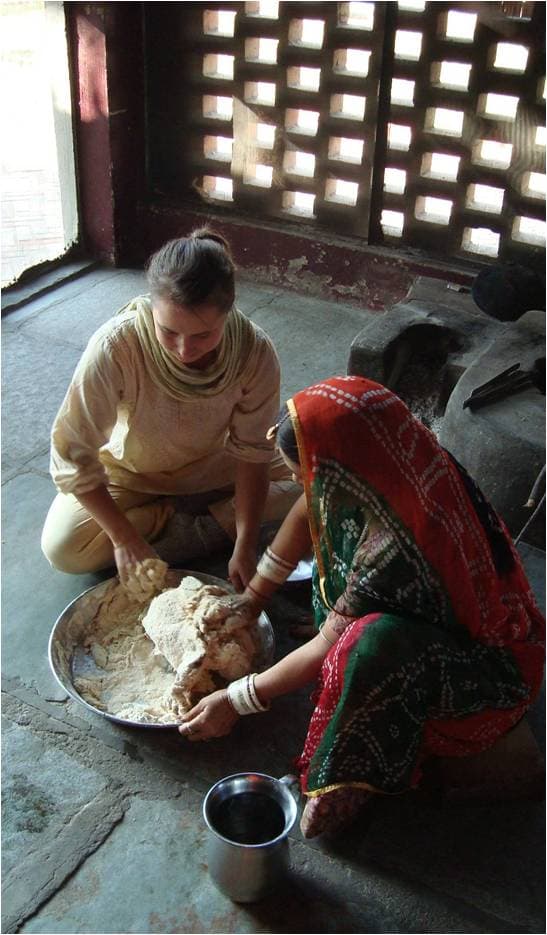
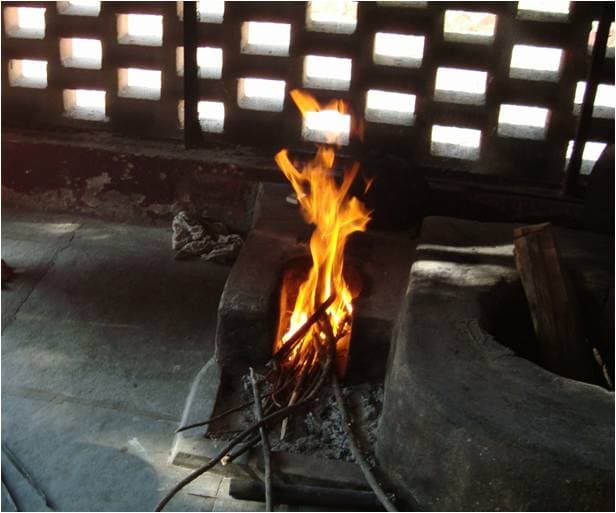
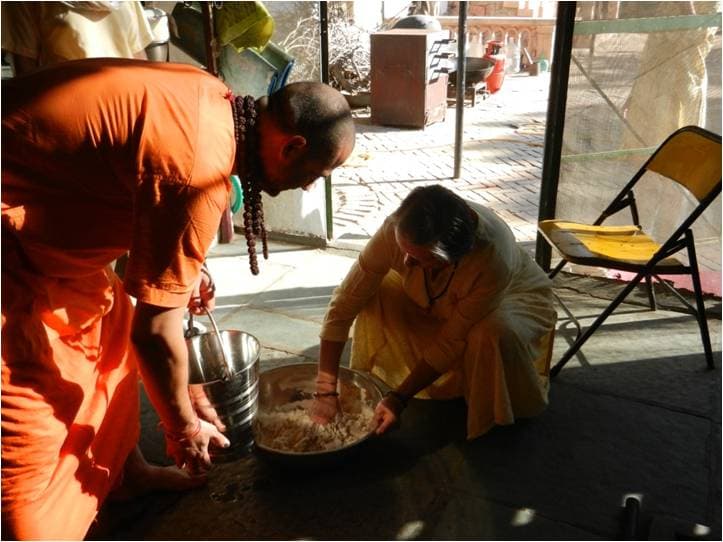
Baking Chapatis
The first step is making balls from the dough. They should have the size of a table tennis ball and should be kneaded well between the palms to get a symetrical shape. We should put them into flour before rolling them, so that they do not stick to one another. When rolling, we need to be careful and make sure that we are rolling from the center to the edge, creating a nice round shape of a suitable thickness (cca. 3 mm) which is created by not pressing the dough too much and by rolling on both sides. Then we put a piece of rolled dough in a well-heated pan. When light-brown spots appear on the bottom, it is time to turn it on the other side with a kitchen towel. The other side is baked when stronger brown spots appear on it, which is also the time when we put the chapati on the fire embers. If the chapati puffed up, that means it also got baked on the inside. Then we rotate it on the fire, so that the edges also get baked well, but we do have to be careful not to create any black spots because that means it got burnt. We put the nicely baked chapatis into a thick cloth to keep them warm until serving. All the cooking can also be done at home quite easily on a gas stove in a teflon pan.
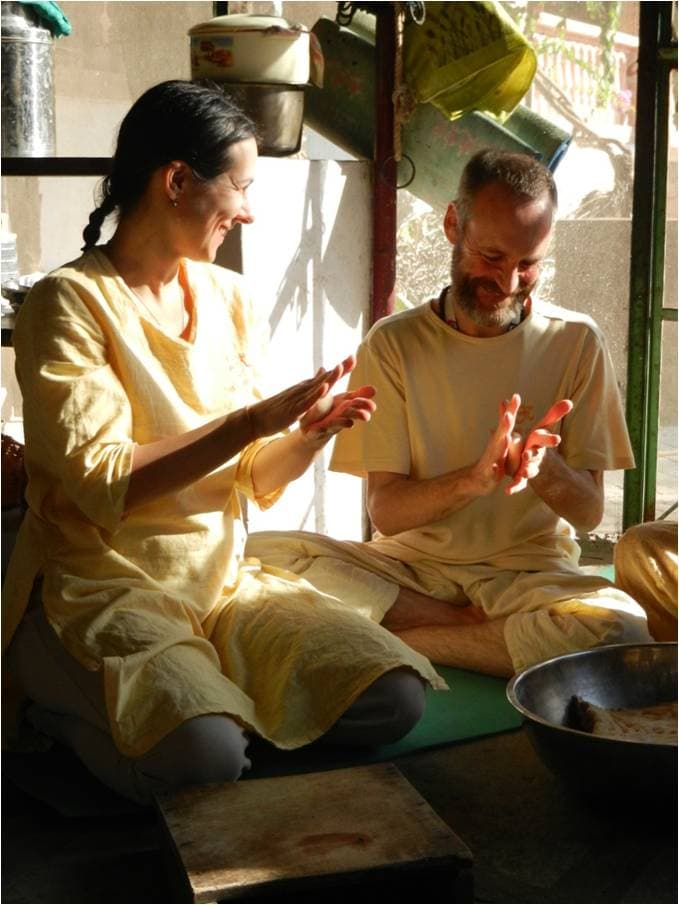
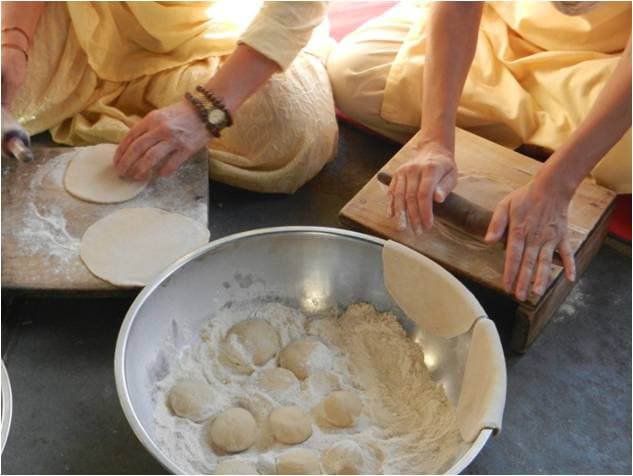
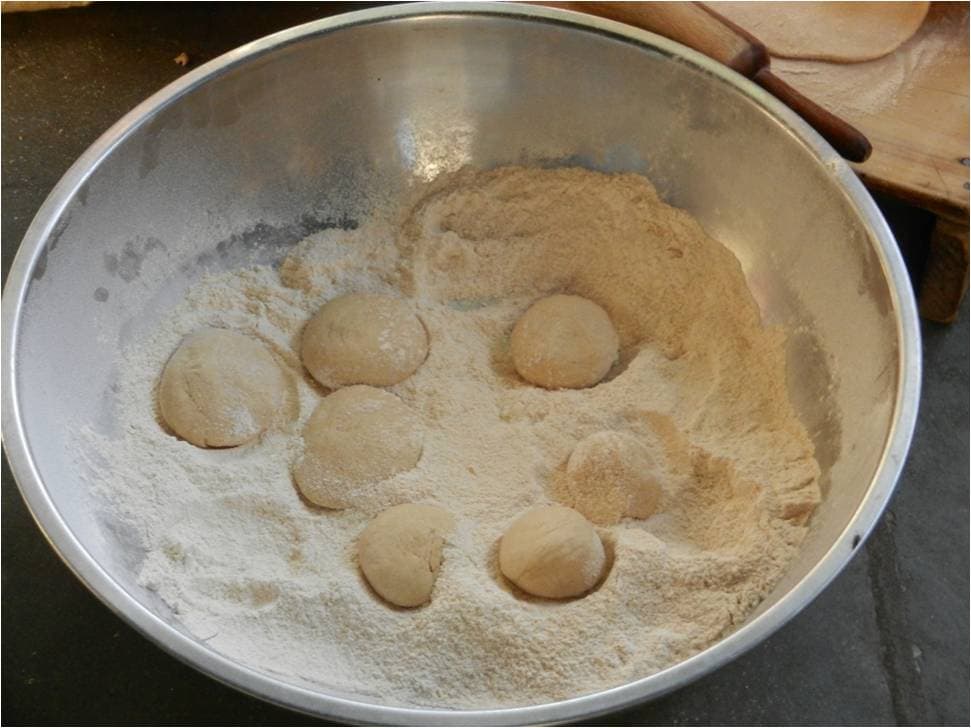
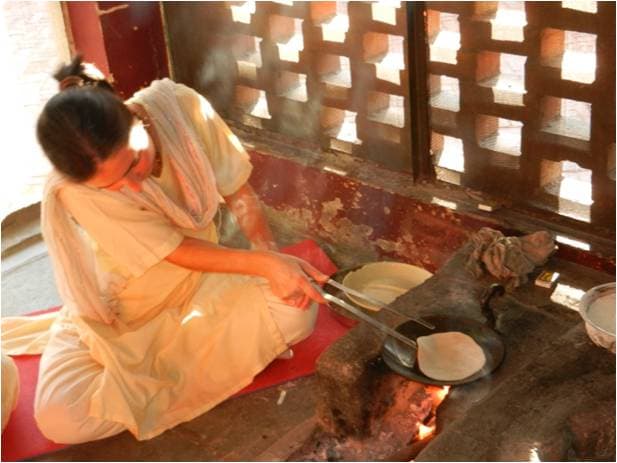
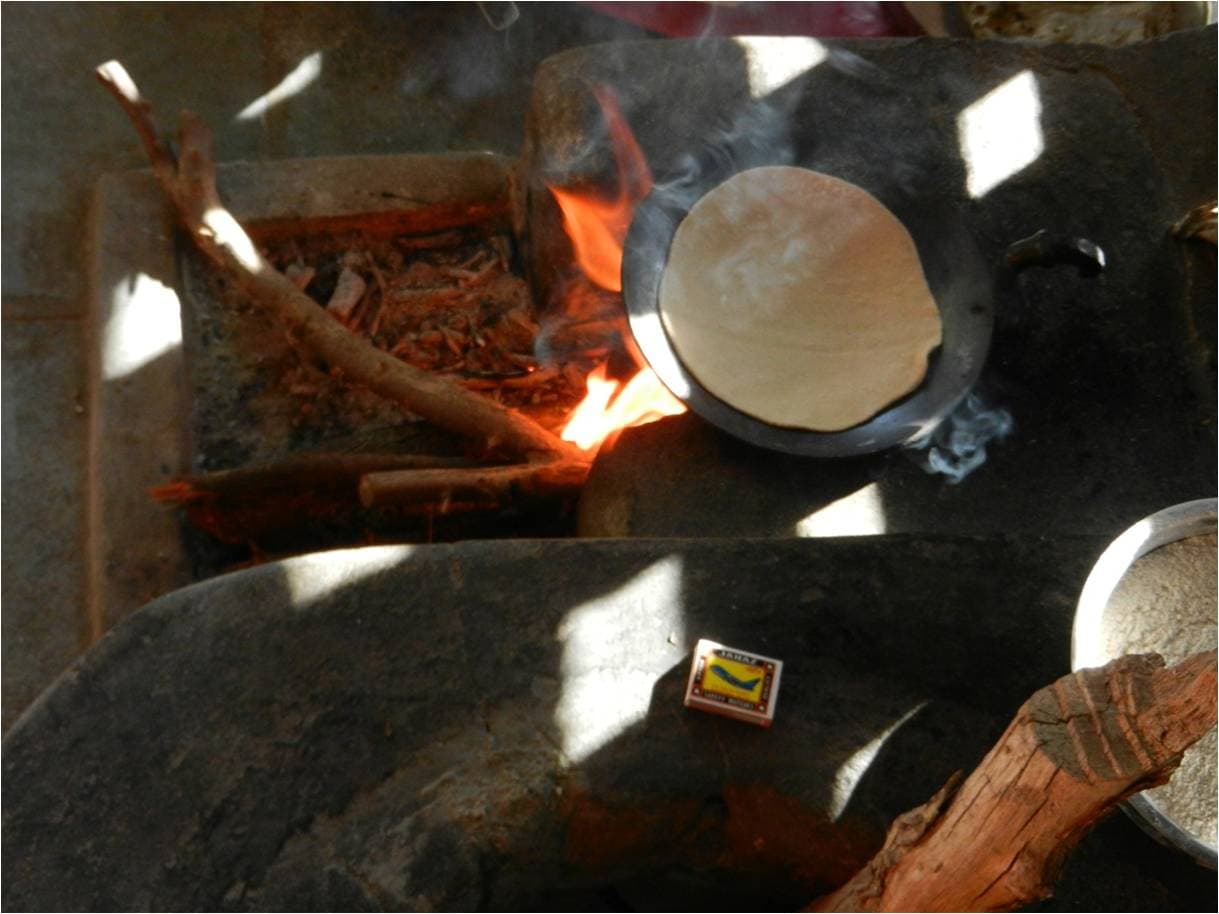
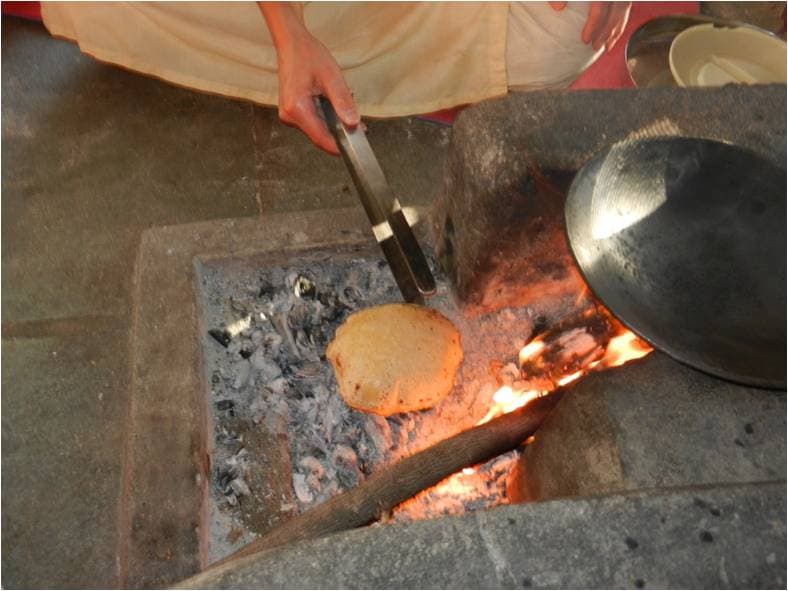
Prayer Before Eating And Proper Serving
Food should be eaten in a sattvic way (with a pure and serene mind). It is recommended that it is first offered to God because it becomes prasad in that way, i.e. dedicated. Prayer cleanses the food of the three types of impurities that occur due to unclean containers, unfair sales, production and unclean cooking. The purification of food is important because pure food builds a pure mind. It is therefore essential that the food is first offered to God and thus cleansed of any impurities and then served in an appropriate manner. Serve the warm chapati, which may be thinly coated with ghee on the upper side, fold it and put the round part at the edge of the thallium / plate. In addition, chapati does not serve only as food on the plate but also as a kitchen utensil. In India, traditionally, we eat with the right hand and on the floor.
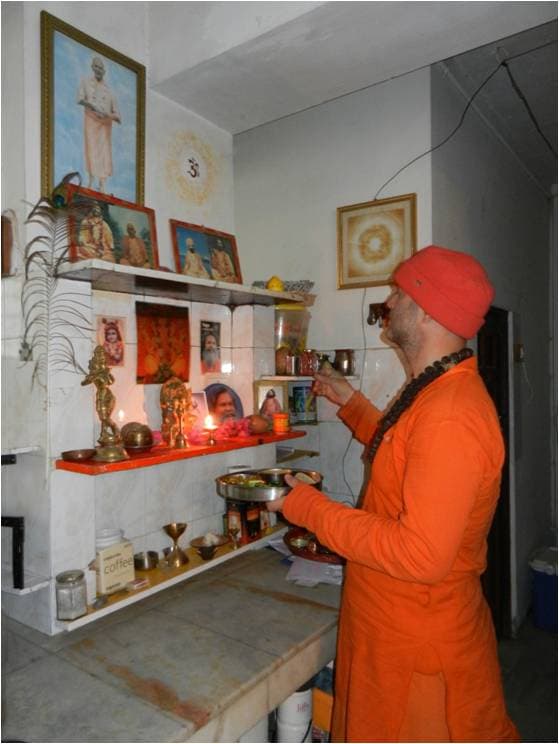
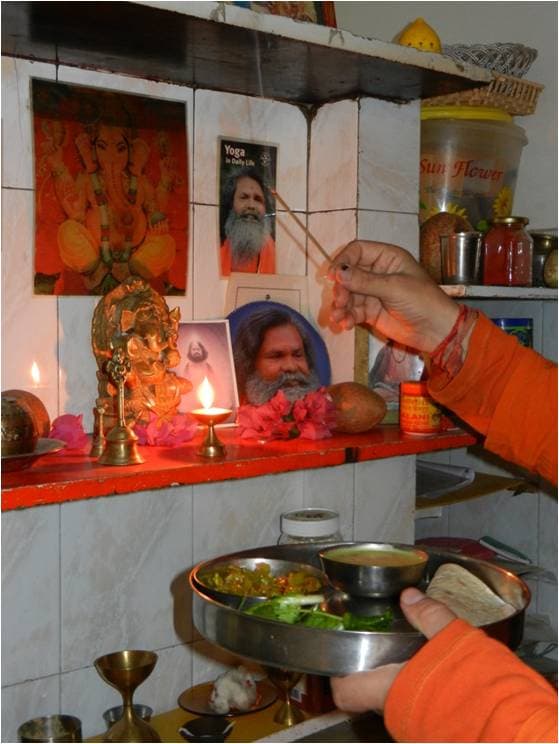
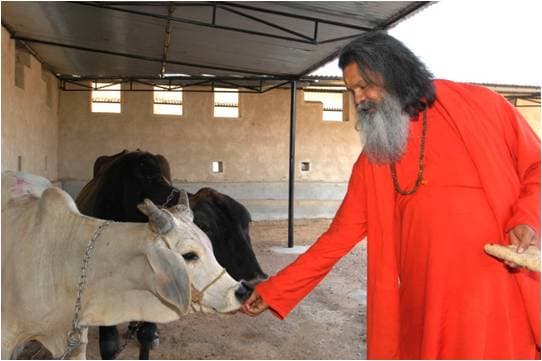
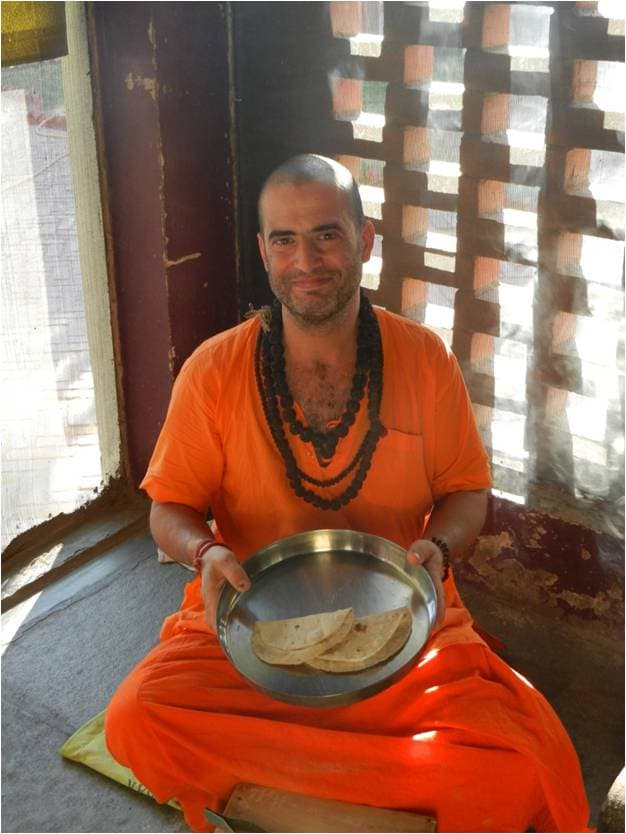
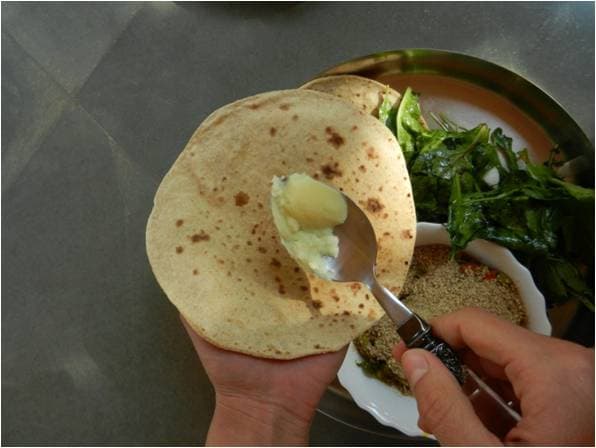
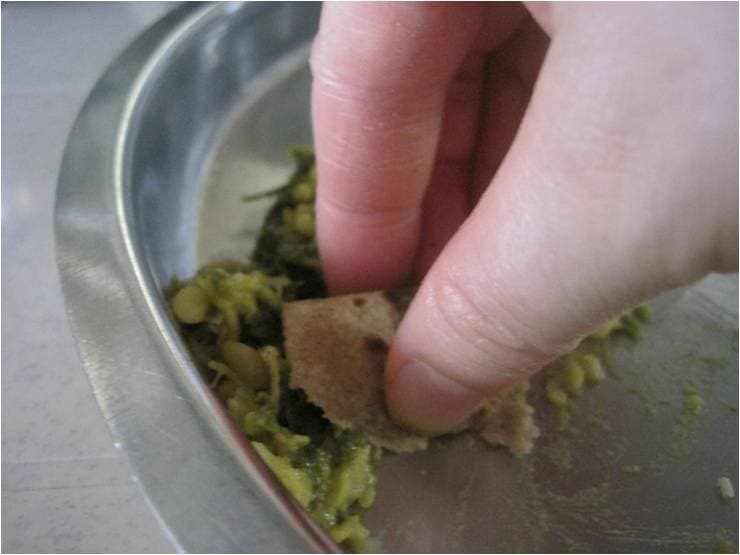
Different Types Of Indian Bread
Chapati is, actually, only a type of roti. Roti is a soft, unleavened bread, which is best a few minutes after preparation and can be eaten with the addition of various spices. Nan is a flat leavened bread made of white flour that is baked in the oven and can either be eaten without anything being added to it or with garlic or onion. One of the most popular types of bread is PARATA, whole wheat flat bread that is baked in oil in a pan. It is usually filled with cooked vegetables such as potatoes, cauliflower or panir (Indian cheese). The dough can also be prepared with finely ground mint leaves or fenugreek, chilli, cumin, or a pinch of mango powder. In northern India and Pakistan PURI is most widely known - that is fried unleavened wheat bread, often served for breakfast with potatoes that also goes very well with vegetables dishes. KACHORI is a spicy snack popular in different parts of India and also in Pakistan, especially during the Muslim fasting, Ramazan. It can be eaten sweet with coconut and sugar, or more spicy with the addition chilli, ginger paste, etc.. PAPADAM is thin,crispy and served as an adjunct to a meal, but it can also be eaten as a snack together with various sauces. In south India, a fermented pancake called DOSA, made of rice flour and black lentils, is served for breakfast or dinner. It is rich in carbohydrates and proteins and is also suitable for people who are gluten intolerant.
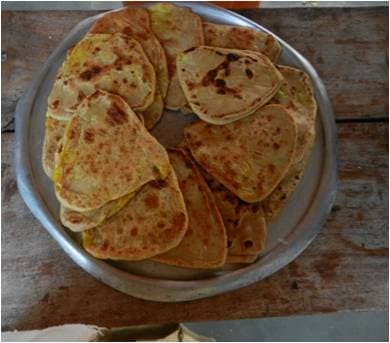
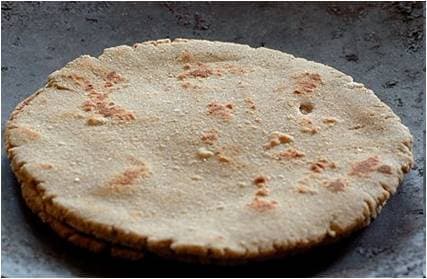
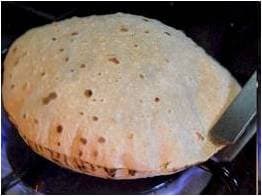
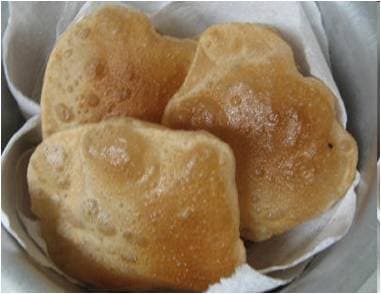
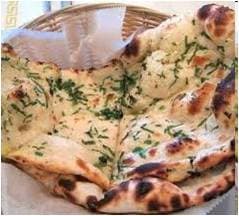
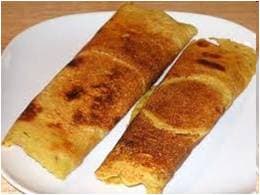
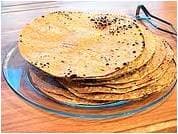
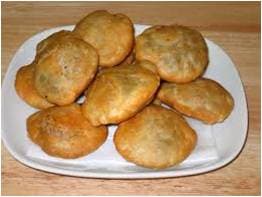
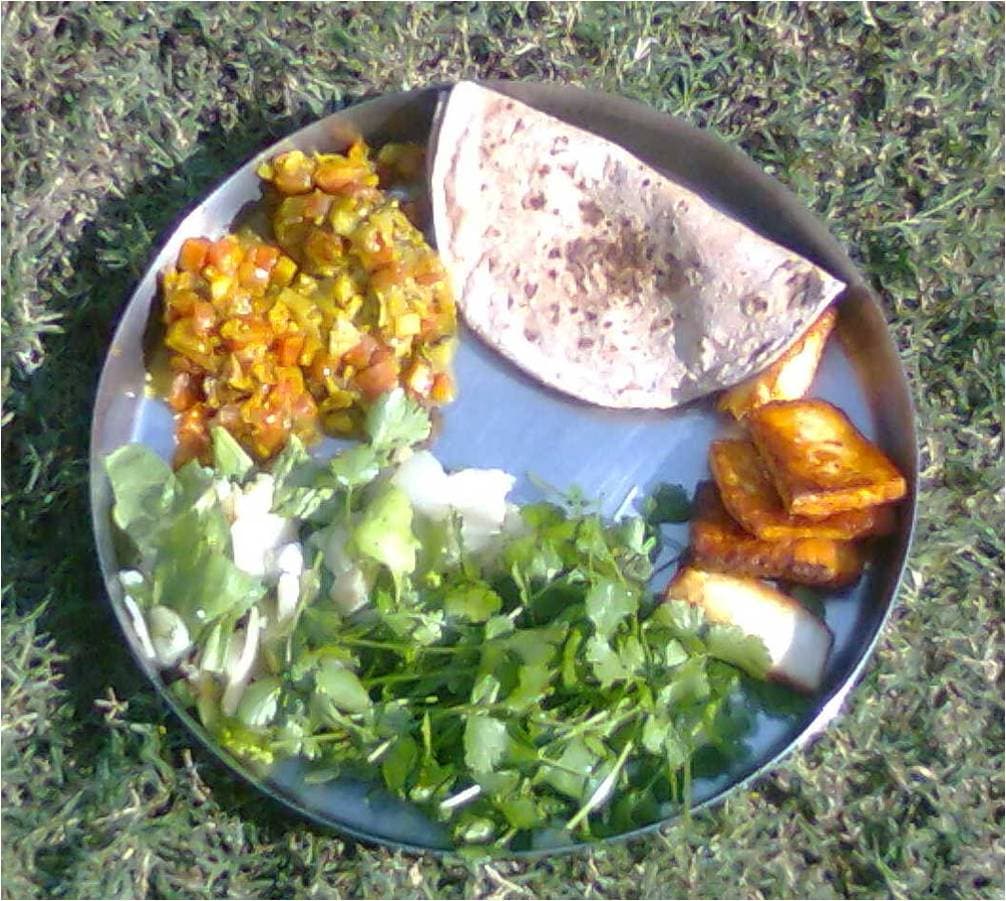
Tripura, Slovenia



